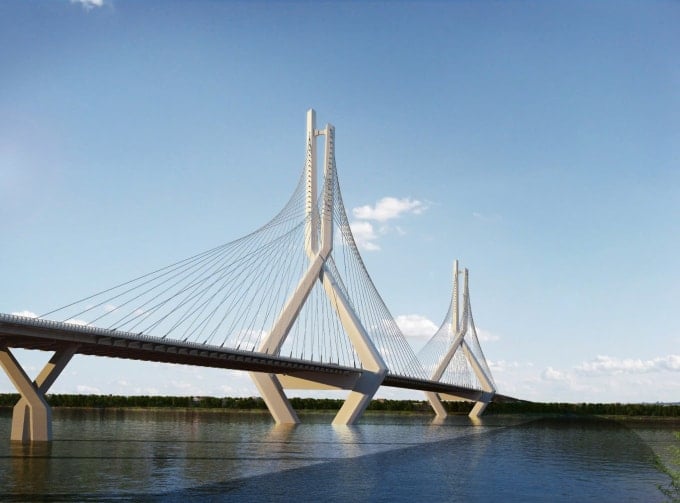
The starting point of the project connects to Nghi Tam Street, Tay Ho District; the end point connects to Truong Sa Street, Dong Anh District. In which, the main Tu Lien cable-stayed bridge is 43 m wide (steel girder structure with main span of 500 m, tower 185 m high); the approach road to the bridge on Nghi Tam side is 48 m wide, on Dong Anh side is 60 m wide; the intersection with Nghi Tam Street and the intersection with Truong Sa Street, underpass and technical infrastructure works.
The project is divided into four components, including three site clearance projects and one investment project to build Tu Lien bridge and access roads. The investor is the Hanoi Traffic Construction Investment Project Management Board.
Speaking at the groundbreaking ceremony, Prime Minister Pham Minh Chinh said that Hanoi has two major issues that need to be addressed: traffic infrastructure and environmental pollution. The construction of Tu Lien Bridge will contribute to solving Hanoi's traffic problems, connecting areas of the city, connecting regions, and connecting internationally through Noi Bai and Gia Binh airports.
The construction of Tu Lien Bridge also contributes to boosting Hanoi's economic growth from 8% this year as the set target, creating new development space, increasing land value, developing the economy, especially services, tourism, culture, and entertainment in the area north of the Red River.
The Prime Minister requested the Project Management Board to promote the highest responsibility, and contractors to make efforts to shorten the project construction time to 24 months, improve quality, avoid capital increase, ensure technical, aesthetic, safety, environmental sanitation, and avoid negativity, corruption, and waste, on the basis of applying the most advanced and modern technologies and machinery.
Chairman of Hanoi People's Committee Tran Sy Thanh said that according to the Hanoi Capital Transport Development Plan to 2030, with a vision to 2050, Tu Lien Bridge is one of 18 road bridges crossing the Red River, playing an important role in connecting traffic and developing urban areas on both sides of the river.
Tu Lien Bridge project with the architectural design of a two-plane cable-stayed bridge, large main span length and tower height, and a cross-cable diagram on a plane will create an architectural highlight and after completion in 2027 will be one of the symbolic bridge projects of Hanoi City.
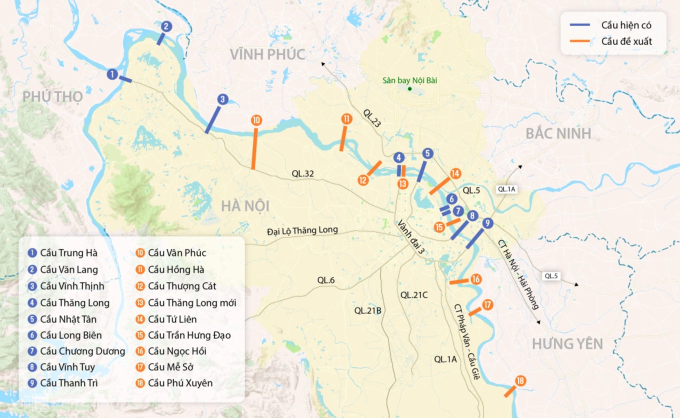
This is the first bridge over the Red River to start construction in 2025. Hanoi is continuing to direct investors to complete documents and start construction on 6 major bridge projects this year, such as: Hong Ha bridge, Me So bridge (ring road 4); Thuong Cat bridge, Ngoc Hoi bridge (ring road 3.5); Tran Hung Dao bridge and Van Phuc bridge, Mr. Thanh said.
Currently, Hanoi has 9 bridges across the Red River (Thang Long, Chuong Duong, Vinh Tuy, Thanh Tri, Nhat Tan, Vinh Thinh, Long Bien, Van Lang, Trung Ha). According to the planning until 2030, with a vision to 2050, Hanoi will have 9 more bridges across the river, namely Tu Lien, Tran Hung Dao, Van Phuc, Hong Ha, Me So (ring road 4), Thang Long Moi (ring road 3), Thuong Cat, Ngoc Hoi (ring road 3.5), Phu Xuyen.
PV (synthesis)Source: https://baohaiduong.vn/ha-noi-khoi-cong-xay-dung-cau-tu-lien-411903.html





![[Photo] Prime Minister Pham Minh Chinh inspects the progress of the National Exhibition and Fair Center project](https://vphoto.vietnam.vn/thumb/1200x675/vietnam/resource/IMAGE/2025/5/19/35189ac8807140d897ad2b7d2583fbae)

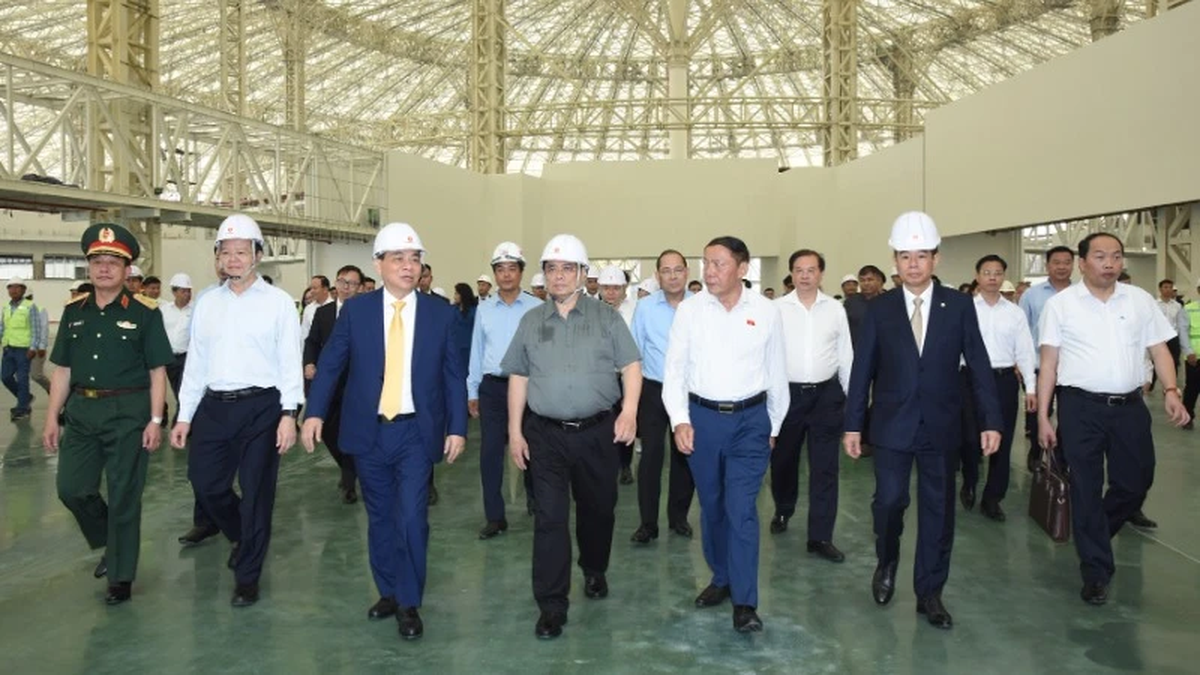

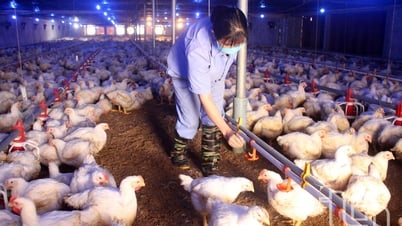







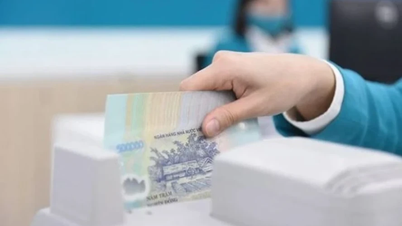




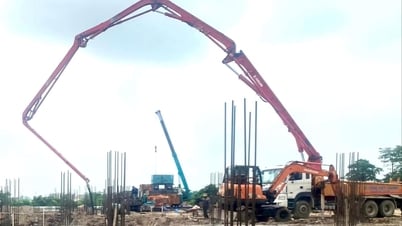



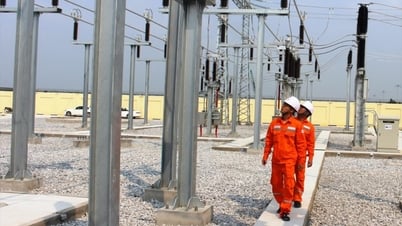

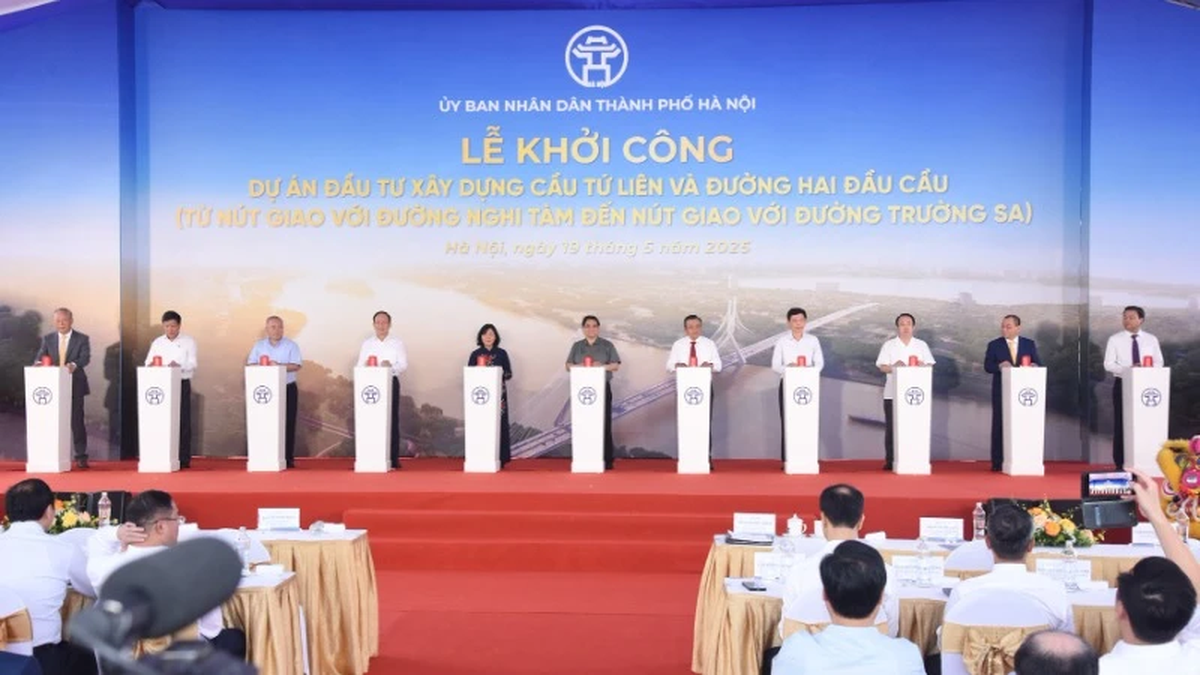








































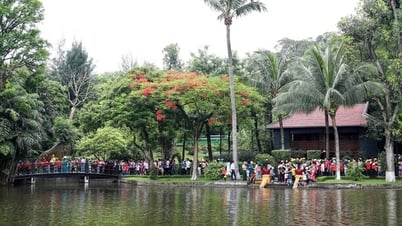

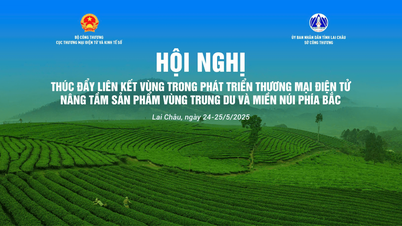
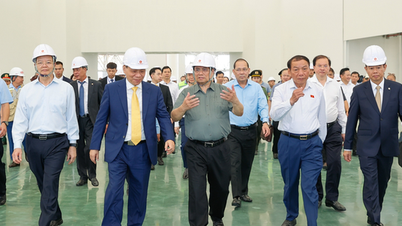





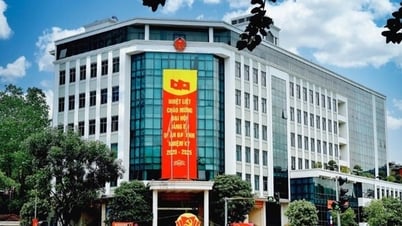
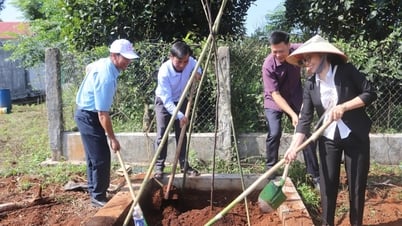



![[VIDEO] - Enhancing the value of Quang Nam OCOP products through trade connections](https://vphoto.vietnam.vn/thumb/402x226/vietnam/resource/IMAGE/2025/5/17/5be5b5fff1f14914986fad159097a677)







Comment (0)